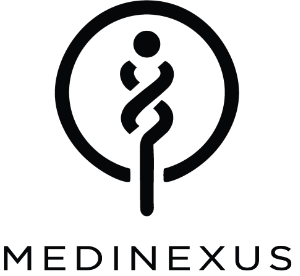DOI: https://doi.org/10.1016/j.clinsp.2022.100028
Valéria Sutti Nunes,a,⁎ Angela de Oliveira Godoy Ilha,a Guilherme da Silva Ferreira,a Renata de Paula Assis Bombo,a Milessa Silva Afonso,a Maria Silvia Ferrari Lavrador,a Roberta Marcondes Machado,a Edna Regina Nakandakare,a Eder Carlos Rocha Quintão,a and Ana Maria Lottenberga,b
aLaboratório de Lipides (LIM10), Hospital das Clínicas, Faculdade de Medicina, Universidade de São Paulo (HCFMUSP), São Paulo, SP, Brazil bFaculdade Israelita de Ciências da Saúde Albert Einstein (FICSAE), São Paulo, SP, Brazil
ABSTRACT
Objectives: Because the plasma campesterol/cholesterol ratio does not differ between groups that absorb different amounts of cholesterol, the authors investigated whether the plasma Phytosterols (PS) relate to the body’s cholesterol synthesis rate measured as non-cholesterol sterol precursors (lathosterol).
Method: The authors studied 38 non-obese volunteers (58±12 years; Low-Density Lipoprotein Cholesterol ‒ LDL-C ≥ 130 mg/dL) randomly assigned to consume 400 mL/day of soy milk (Control phase) or soy milk + PS (1.6 g/day) for four weeks in a double-blind, cross-over study. PS and lathosterol were measured in plasma by gas chromatography coupled to mass spectrophotometry.
Results: PS treatment reduced plasma total cholesterol concentration (-5.5%, p < 0.001), LDL-C (-7.6%, p < 0.001), triglycerides (-13.6%, p < 0.0085), and apolipoprotein B (apo B) (-6.3%, p < 0.008), without changing high density lipoprotein cholesterol (HDL-C concentration), but plasma lathosterol, campesterol and sitosterol expressed per plasma cholesterol increased.
Conclusions: The lathosterol-to-cholesterol plasma ratio predicted the plasma cholesterol response to PS feeding. The highest plasma lathosterol concentration during the control phase was associated with a lack of response of plasma cholesterol during the PS treatment period. Consequently, cholesterol synthesis in non-responders to dietary PS being elevated in the control phase indicates these cases resist to further synthesis rise, whereas responders to dietary PS, having in the control phase synthesis values lower than non-responders, expand synthesis on alimentary PS. Responders absorb more PS than non-responders, likely resulting from responders delivering into the intestinal lumen less endogenous cholesterol than non-responders do, thus facilitating greater intestinal absorption of PS shown as increased plasma PS concentration.


